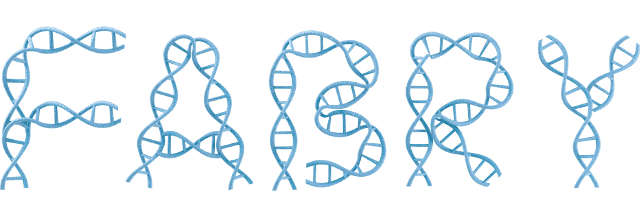Diagnosis and Gender
Diagnosis in males and females is different

In males, an absence or low levels of alpha-Gal A activity in blood leukocytes or cultured skin fibroblasts is determinant.1

In females, alpha-Gal A activity may appear normal in blood leukocytes and cultured fibroblasts, thus requiring GLA gene sequencing.1,2
The road to a Fabry disease diagnosis can be long and difficult
It is estimated that patients visit an average of 10 different specialists before a Fabry disease diagnosis is confirmed, leading to a delay of approximately 15 years in men and women from the onset of first symptoms to diagnosis.1,3 Earlier genetic testing in patients with a family history of Fabry disease, and screening newborns in general, could help to reduce this delay and potentially identify patients with Fabry disease before symptoms begin, so that disease management can be optimized and personalized over time.2
For families affected by Fabry disease, GLA gene sequencing and pedigree analysis can characterize the disease-causing mutation and help to identify previously unrecognized, affected family members.2,4 An online family tree is available to help patients and their families complete their family tree and highlight at-risk relatives.






 Facts
Facts
